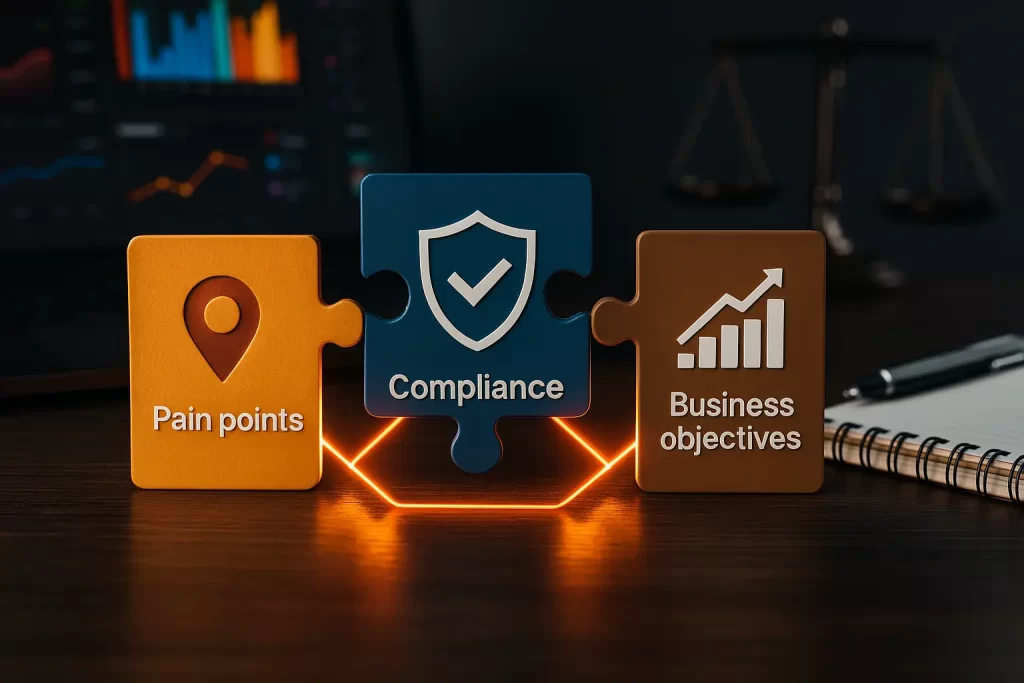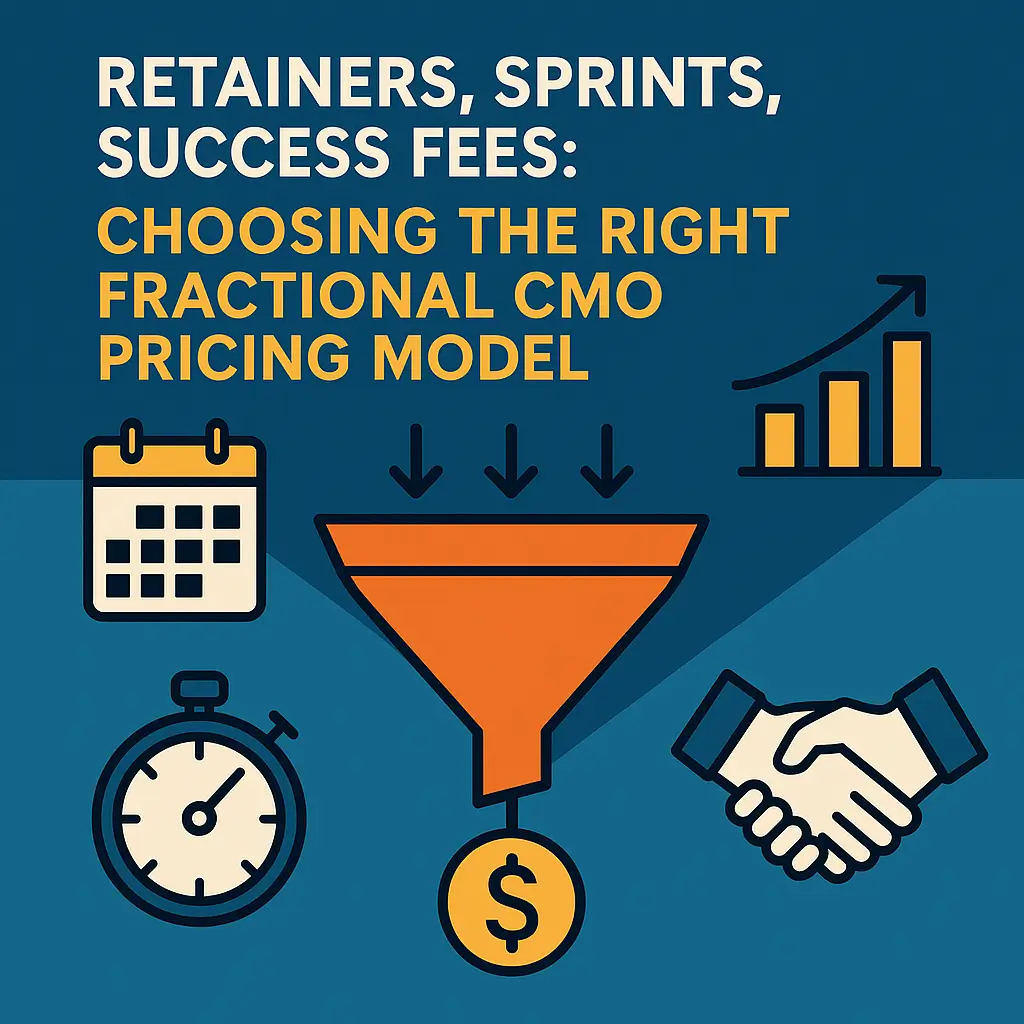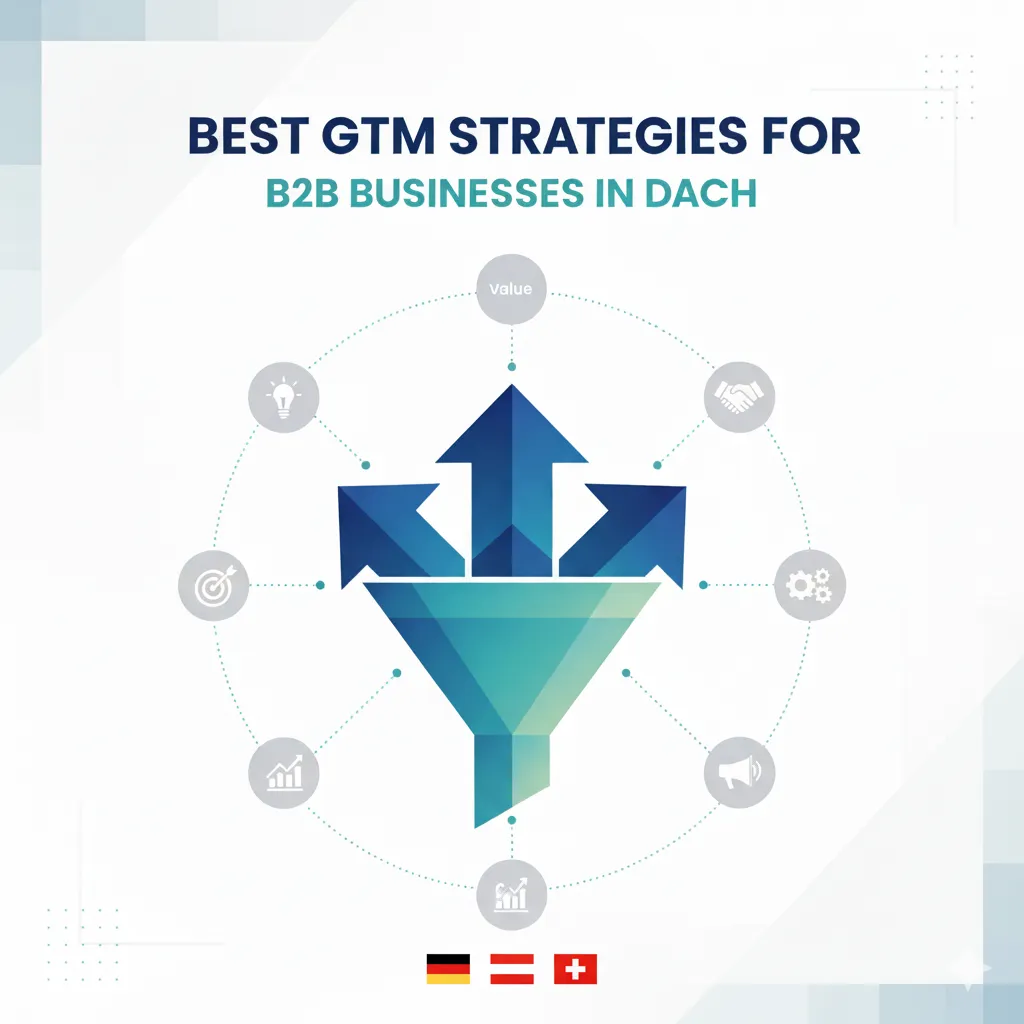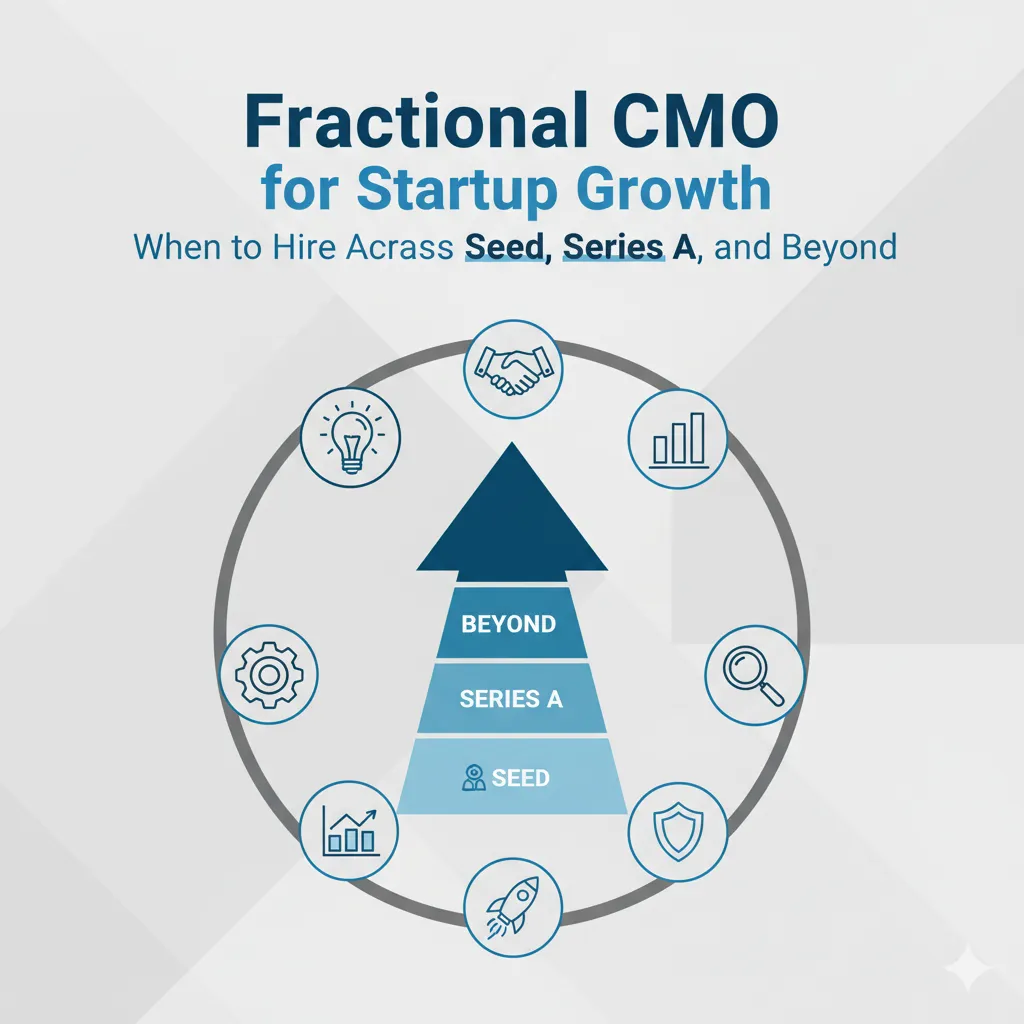The difference between a lead list that stagnates in your CRM and one that drives consistent revenue lies in how you enrich B2B lead lists with quality data and personalized insights. In today’s competitive marketplace, generic contact databases no longer yield the conversion rates needed to justify their cost, with 79% of marketing leads never converting due to poor qualification and enrichment.
Building lead lists that practically sell themselves requires a strategic approach that combines data intelligence, target audience understanding, and personalization techniques that transform cold contacts into warm opportunities.
Contents
- 1 Understanding the Foundation of High-Converting Lead Lists
- 2 Essential Components of High-Converting Lead Lists
- 3 Proven Strategies to Build High-Converting Lead Lists
- 4 Segmentation Techniques That Boost Conversion Rates
- 5 Personalization Techniques That Make Your Lists Convert
- 6 Maintaining Your Lead List for Ongoing Results
- 7 Cost-Effective Approaches to List Building
- 8 Measuring the Success of Your Lead Lists
- 9 Conclusion
Key Takeaways
- Quality over quantity – prioritize data accuracy and relevance over list size for higher conversion rates
- Proper audience segmentation is crucial for creating targeted messaging that resonates
- Data enrichment tools can increase lead-to-opportunity conversion rates by up to 30%
- Implementing buyer intent signals helps identify prospects most likely to purchase
- Regular list maintenance and verification prevents database decay and preserves sales efficiency
Understanding the Foundation of High-Converting Lead Lists
Building lead lists that convert isn’t about amassing the largest possible database of contacts. It’s about creating a focused collection of qualified prospects who match your ideal customer profile. According to recent data from HubSpot, sales teams that prioritize lead quality over quantity report 35% higher close rates and significantly shorter sales cycles.
The Cost of Poor-Quality Leads
Low-quality lead lists create a cascade of inefficiencies throughout your sales process. Your team wastes valuable hours pursuing unqualified prospects, conversion rates plummet, and your customer acquisition costs skyrocket. Research from Reach Marketing indicates that B2B organizations waste an average of $24,000 per sales representative annually on pursuing poor-quality leads.
What Makes a Lead List “Sell Itself”
Lead lists that practically sell themselves share common characteristics. They contain accurate, up-to-date information, focus on decision-makers with purchasing authority, and include prospects with demonstrated interest in solutions like yours. These lists are built with a deep understanding of your target audience, allowing for personalization at scale that resonates with prospects on first contact.
Essential Components of High-Converting Lead Lists
Creating lead lists that drive results requires attention to several critical elements that form the backbone of your outbound lead generation strategy.
Accurate Contact Information
Nothing undermines your outreach efforts faster than incorrect contact data. Email addresses that bounce, disconnected phone numbers, and outdated job titles not only waste your time but can damage your sender reputation. Ensure your lists contain verified contact information by using data validation tools and implementing regular cleaning processes.
Company Firmographics
Comprehensive firmographic data helps you understand the business context of your prospects. Include details such as:
- Company size (employees and revenue)
- Industry classification and sub-industry
- Geographic location(s)
- Technology stack and current solutions
- Growth trajectory and funding status
Decision-Maker Identification
Reaching the right person within an organization is crucial for shortening your sales cycle. Modern B2B purchasing involves an average of 6.8 stakeholders, according to KLA Group research. Your lead lists should identify key decision-makers and include information about their roles, responsibilities, and place in the decision-making hierarchy.
Buying Intent Signals
The most valuable leads are those actively searching for solutions like yours. Include intent data that signals readiness to buy, such as:
- Recent content consumption related to your solution area
- Technology evaluation activities
- Competitor research behaviors
- Participation in relevant online communities or events
Proven Strategies to Build High-Converting Lead Lists
Implementing a systematic approach to list building will significantly improve the quality and conversion rates of your lead database.
Define Your Ideal Customer Profile (ICP)
Before building your list, develop a detailed profile of your perfect customer. Analyze your current customer base to identify patterns among your most profitable and satisfied clients. Document specific characteristics including industry, company size, budget range, common pain points, and technology requirements.
Implement a Multi-Source Approach
Relying on a single data source creates blind spots in your lead generation. Combine multiple sources to create a more complete picture of your prospects:
- First-party data from your website visitors and event attendees
- Third-party data providers and specialized B2B databases
- Social media platforms, particularly LinkedIn
- Industry associations and membership directories
- Webinar and content registrations
Leverage Advanced Data Enrichment Tools
Modern data enrichment platforms can transform basic contact information into comprehensive prospect profiles. These tools automatically append valuable data points like social media profiles, recent company news, technology usage, and buying authority. According to Hunter.io, enriched lead data can improve conversion rates by 20-30% compared to basic contact lists.
Implement Intent-Based Filtering
Not all prospects in your target market are actively looking for solutions. Use intent data providers to identify companies showing buying behaviors related to your offering. This approach helps prioritize prospects who are already in an active buying cycle, making them significantly more receptive to your outreach.
Segmentation Techniques That Boost Conversion Rates
Once you’ve built a quality lead list, effective segmentation allows for targeted messaging that resonates with specific prospect groups.
Industry-Based Segmentation
Different industries face unique challenges and have specific requirements for solutions like yours. Segment your lead list by industry to create tailored messaging that speaks directly to sector-specific pain points, compliance requirements, and business objectives.

Company Size and Maturity
The needs of a startup differ dramatically from those of an enterprise organization. Segment by company size, growth stage, and organizational maturity to address the specific challenges faced by businesses at different points in their development journey.
Buyer Persona Segmentation
Decision-makers in different roles have varying priorities and concerns. A CFO might focus primarily on ROI and cost reduction, while a CTO may prioritize implementation complexity and technical specifications. Create persona-based segments that allow for role-specific messaging in your outreach.
Behavioral Segmentation
Past interactions with your brand provide valuable insight into prospect interests. Segment based on website pages visited, content downloaded, webinars attended, or previous communications. This allows for follow-up messaging that builds on established interest areas.
Personalization Techniques That Make Your Lists Convert
The power of a well-built lead list is fully realized through personalized outreach that connects with prospects on a human level.
Beyond First Name Personalization
Basic personalization no longer impresses B2B buyers who are bombarded with templated outreach. Move beyond simple name insertion to include meaningful personalization elements such as:
- References to recent company news or achievements
- Connections to specific industry challenges
- Mention of their professional background or career milestones
- References to shared connections or mutual industry participation
Customized Value Propositions
Use your segmentation data to craft value propositions that address the specific pain points and objectives of each prospect group. This approach demonstrates that you understand their unique situation and have relevant solutions to their particular challenges.
Sequence-Based Personalization
As part of your omnichannel lead generation strategy, develop progressive personalization that deepens with each interaction. Initial outreach may use broader personalization, while follow-up communications incorporate insights from previous engagement behaviors.
Maintaining Your Lead List for Ongoing Results
The work doesn’t end once you’ve built your initial lead list. Ongoing maintenance is essential for preserving its value over time.
Regular Data Verification
B2B contact data decays at approximately 30% per year according to DataToLeads research. Implement a regular verification schedule to check for:
- Email deliverability
- Phone number accuracy
- Job title changes and role transitions
- Company mergers, acquisitions, or closures
Engagement-Based Scoring and Pruning
Not all leads remain valuable indefinitely. Implement a scoring system based on engagement levels and periodic reassessment. Remove or segment unresponsive contacts after multiple outreach attempts to maintain list quality and preserve your sender reputation.
Feedback Loop Integration
Create a system for your sales team to provide feedback on lead quality. This information should flow back to your list building process, continuously refining your ICP and improving future lead acquisition efforts.
Cost-Effective Approaches to List Building
Building high-quality lead lists doesn’t have to drain your marketing budget. Strategic approaches can help control your average B2B lead costs while maintaining quality.
In-House List Building vs. Purchased Lists
While purchased lists provide immediate volume, they typically deliver lower quality and engagement rates. Consider a hybrid approach that uses purchased lists as a starting point, then implements rigorous verification and enrichment before sales outreach.
Free and Low-Cost Data Sources
Supplement paid data sources with free options such as:
- LinkedIn Sales Navigator (with manual prospecting)
- Industry directories and association member lists
- Company websites and “About Us” pages
- Professional events and webinar registrations
Leveraging Automation for Efficiency
Data enrichment and verification can be time-consuming when done manually. Invest in automation tools that can handle routine tasks while your team focuses on higher-value activities such as personalization and outreach strategy.
Measuring the Success of Your Lead Lists
Tracking the right metrics helps refine your list building strategy over time.
Key Performance Indicators
Monitor these critical metrics to assess list quality and performance:
- Contact accuracy rate (valid emails, phone numbers)
- Response rate to initial outreach
- Conversion rate from lead to opportunity
- Opportunity to close ratio
- Average sales cycle length
A/B Testing for Continuous Improvement
Test different list building approaches, data sources, and segmentation strategies to identify what works best for your specific market. Implement controlled experiments with clear metrics to guide ongoing refinement of your approach.
Conclusion
Building lead lists that practically sell themselves isn’t a matter of magic or luck—it’s about combining data intelligence with strategic targeting and personalization. By focusing on quality over quantity, implementing proper segmentation, and leveraging the right enrichment tools, you can create lead lists that significantly reduce the friction in your sales process.
The most successful B2B organizations treat their lead lists as dynamic, evolving assets that require ongoing investment and refinement. With the right approach, your lead list becomes not just a collection of contacts but a powerful engine driving predictable revenue growth.
Sources
- HubSpot – Sales Lead Lists
- Reach Marketing – B2B Lead Generation Statistics
- KLA Group – 6 Shortcuts to Build a Better Prospect List
- SalesHandy – How to Build Quality Lead List
- Hunter.io – 5 Ways to Build a Lead List
- Exploding Topics – Lead Generation Stats
- DataToLeads











